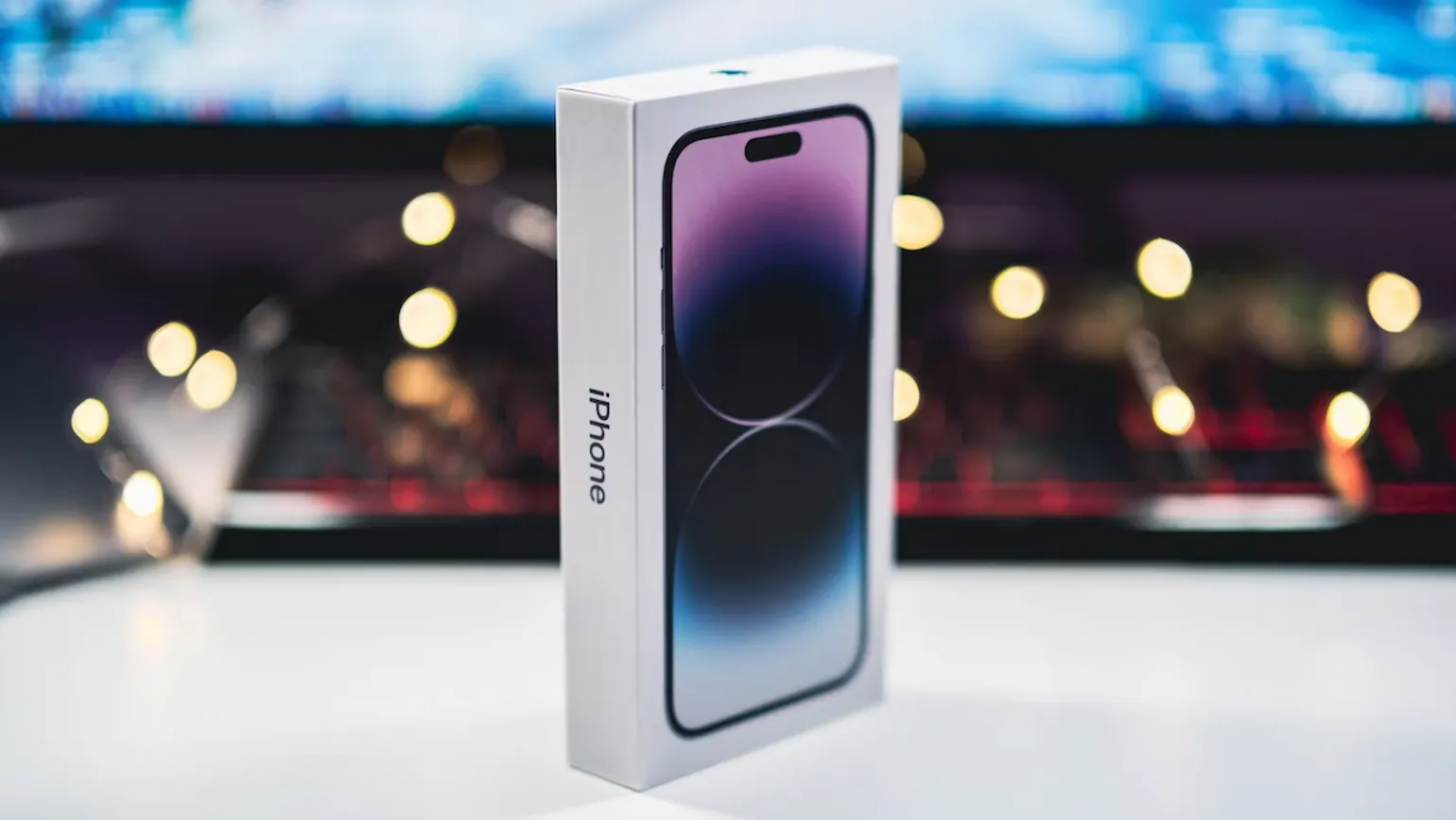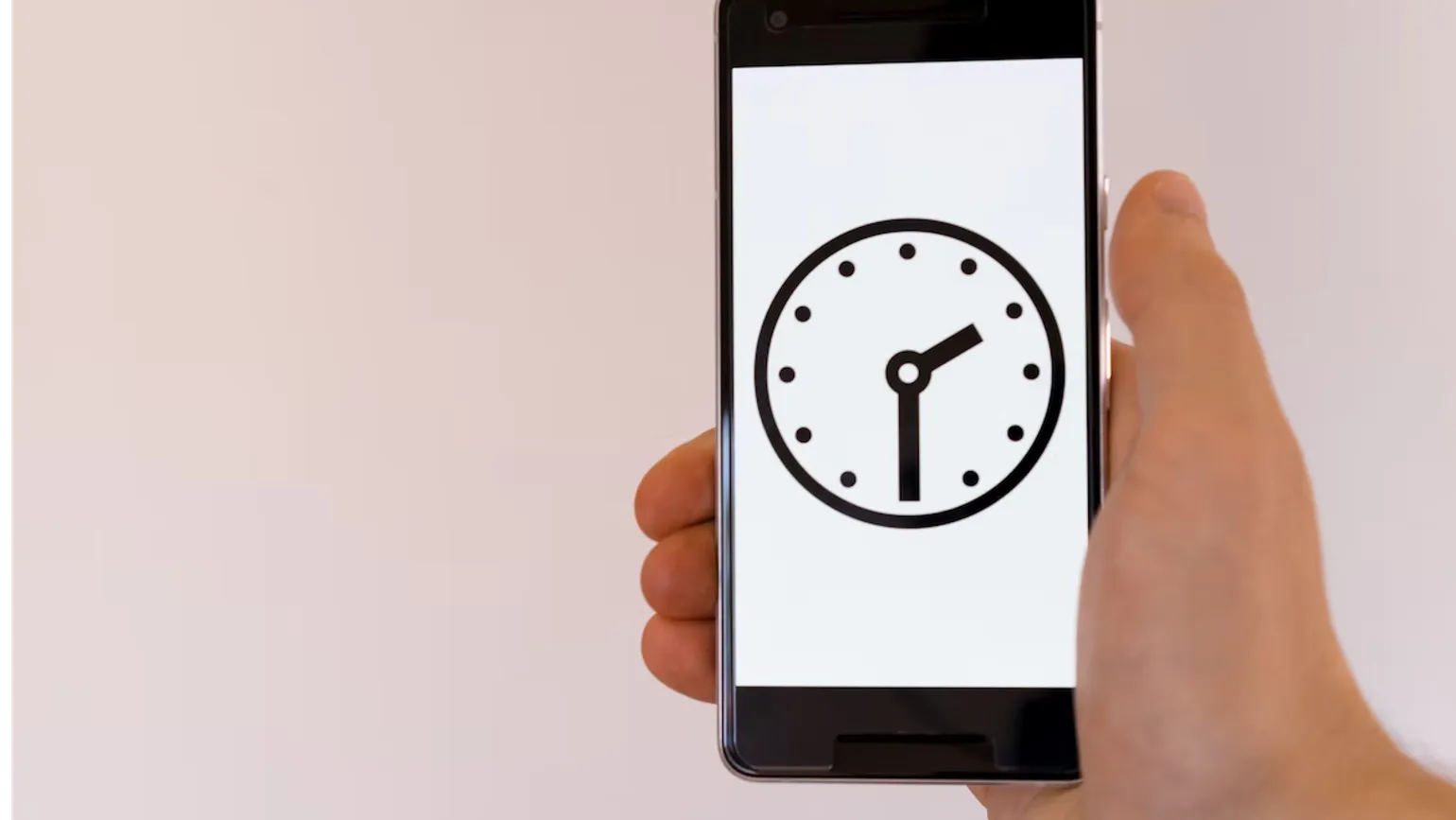36 month and 48 month phone contracts explained: are they worth it?

Choosing the ideal phone contract length varies from person to person, and can depend on a number of different factors.
Although 12 month phone contracts used to be the most common length, these have generally been phased out for longer 24 and 36 month contracts, with O2 becoming the first network to introduce 48 month contracts.
This is mainly because smartphones have become increasingly more expensive, meaning the monthly bill for a 12 month contract would be ridiculously high and unaffordable for most people, as the high total cost would be split over a short period.
As a result, 36 month contracts are increasingly becoming the new normal as the cost can be split into smaller monthly payments. But are they worth it, and do they end up costing consumers more in the long run?
Although 36 month phone contracts seem like an attractive offer, they can be a long term commitment for most people.
In addition, unless you’re on a network that offers early upgrades, you may be stuck with the same phone for 36 months, which isn't great for those who always want the latest tech.
Furthermore, it’s not inconceivable for your financial situation to change during such a long period period, which could possibly see you struggling to pay the required monthly bills further down the line.
36 month phone contracts: the new normal

Although Ofcom have introduced rules that prevent networks from offering contracts for longer than 24 months, most providers are still able to offer 36 month contracts through a rather smart loophole.
By splitting the contract into two separate parts, networks can offer a rolling 1 month contract for the tariff (also known as airtime), and a separate 36 month loan for the device or phone.
Essentially, with 36 month phone contracts, you are taking out two contracts - one for the tariff, and one for the device (legally in the form of a loan).
However, even though the tariff is usually on a 1 month rolling contract, the terms generally state that you must have a tariff tied for the whole 36 months of the device loan.
This means if you wish to cancel the 1 month rolling contract of the tariff, you must also pay the entire remaining amount of the device loan early, in one lump sum.
36 month contracts have become increasingly common in recent years because smartphones have become considerably more expensive. The latest Apple iPhone 16 and Samsung Galaxy S24 can cost upwards of £1000.
With 12 or 24 month contracts, this amount will need to be split over a short period, which can result in very high monthly bills.
By splitting the cost over a longer 36 month contract, networks can offer lower monthly payments for consumers, which is generally more feasible and manageable.
36 month contracts are a very attractive option, and have increasingly become the new normal, particularly during the ongoing cost of living crisis in the UK.
36 month phone contracts are offered by most networks, including Sky, Tesco Mobile, O2 Vodafone, Three and Virgin Mobile.
Since December 2021, Ofcom rules mean networks can no longer sell phones that are locked to a particular network. As a result, even if you cancel your tariff and switch networks, you can still continue to use your phone with a different SIM card from another network.
Common misconception: 36 and 48 month phone contracts are more expensive

It’s easy to believe that 36 month phone contracts can be more expensive in the long run. However, this is generally a common misconception, as they often don’t cost any more compared to 12 or 24 month contracts.
Our research has consistently shown that the total cost you pay for the device of your contract is more or less the same between 12, 24 and 36 month contracts.
For example, let’s take a look at the Samsung Galaxy S23 Ultra on O2.
With a 24 month contract, O2 are offering the Samsung Galaxy S23 Ultra with a £30 upfront cost at £50.80 per month, for a total cost of £1249.20.
With a 36 month contract, this has the same £30 upfront cost, but for a monthly cost of £33.87 per month, for a total cost of £1249.32.
Both contracts include an identical amount of data, minutes and texts. The total cost between the 24 and 36 months contracts is pretty much identical - just a 12p difference.
Similarly, Vodafone offer a 24 month contract for £49 upfront at £49.50 per month, for a total cost of £1237.
The total cost is identical with a 36 month contract - £49 upfront at £33 per month for a total cost of £1237.
In addition, with all the above examples, we’ve found most networks do not change the tariff cost depending on the contract length you choose - it consistently remains the same.
Mid-contract price rises only apply to the tariff with 36 month contracts

Most networks now have mid-contract price rises for their phone contracts, which is meant to account for inflation.
However, with 36 month contracts, the device and tariff are split into two separate agreements. Only the tariff is affected by mid-contract price rises, as the device agreement is technically a loan with a fixed interest rate (typically 0%).
This means the device agreement of your contract is not affected by any price rises, and will remain the same for the entire 36 months of your contract.
As a result, the amount you will pay for your device will always be the same from when you first signed your contract. You won’t end up paying more than expected in the long run.
If a network increases the cost of your tariff by too much, you always have the option to switch networks, however you'll need to pay the device loan early. This is because most networks which offer 36 month contracts insist you must have a tariff tied to entire duration of the 36 month device loan, despite the tariff generally being a 1 month rolling contract.
Pros and cons of 36 month phone contracts

Pros
- Smaller monthly payments
- More attractive and feasible for most people
- Tariff agreement is usually a 1 month rolling contract
- Total cost of the device doesn’t work out more expensive compared to 12 or 24 month contracts.
Cons
- 36 months can be a long term commitment
- You may be stuck with the same phone for 36 months, as not all networks offer early upgrades
- Your financial situation can easily change during 36 months, and you may struggle to keep up payments
Final thoughts

In conclusion, 36 month contracts are usually worth the longer length for most people, and generally aren’t any more expensive compared to 12 or 24 month contracts.
By splitting the contract over 36 months, most consumers can benefit from smaller, manageable payments when compared to shorter term contracts.
36 month phone contracts are split into two separate agreements - one for the device, and one for the tariff.
The device agreement on the contract is nearly always the same total cost across 12, 24 and 36 month contracts, meaning you won’t end up paying any more with a long term 36 month contract.
In addition, the tariff agreement of your contract will be on a 1 month rolling plan, meaning you can switch or change networks before 36 months by paying the device loan early, or by signing up for a contract that offers early upgrades.
With all points considered, it entirely depends on your needs, and what you are looking for in a phone contract - but for most people, 36 month contracts are generally a good option.